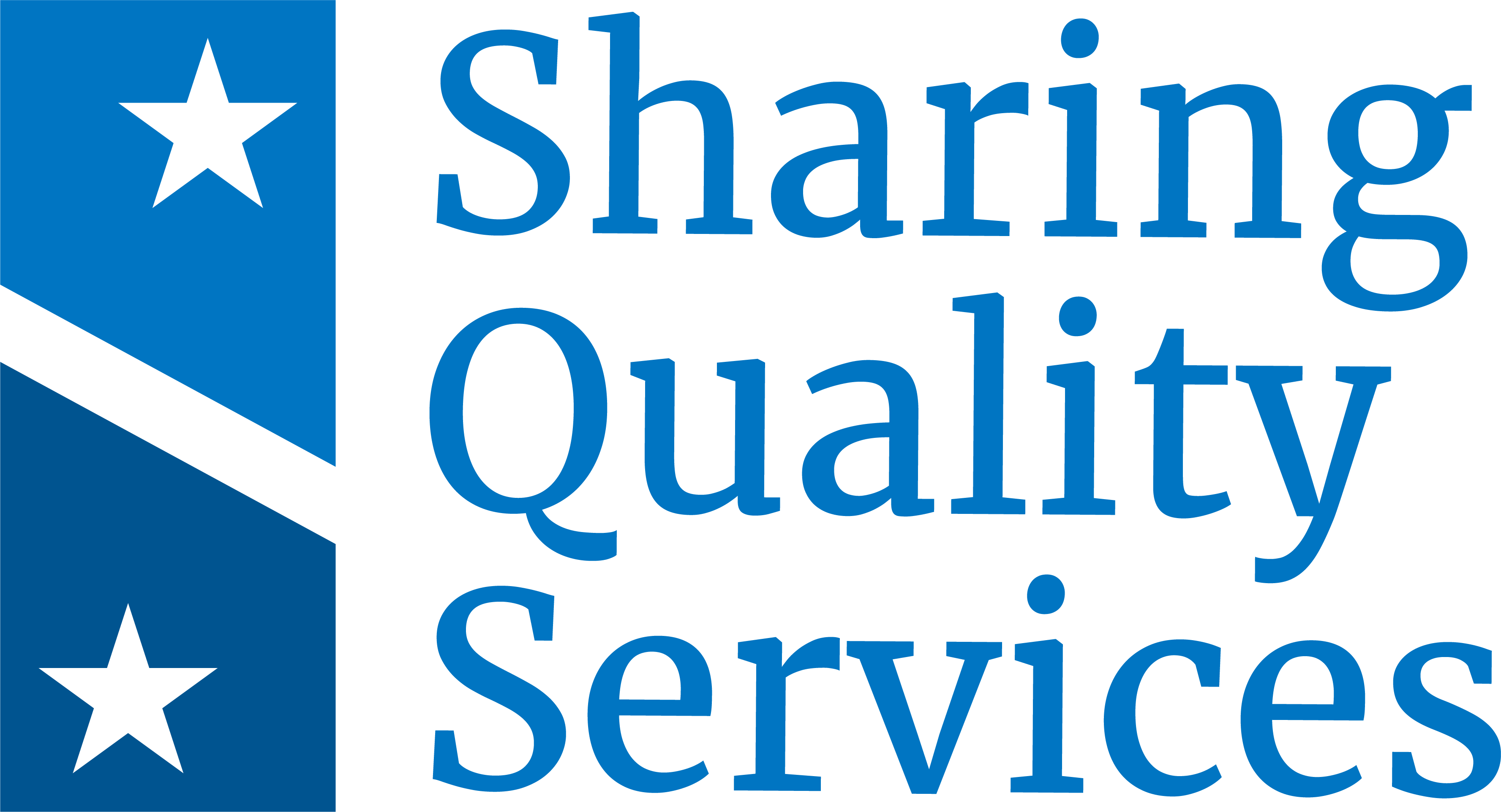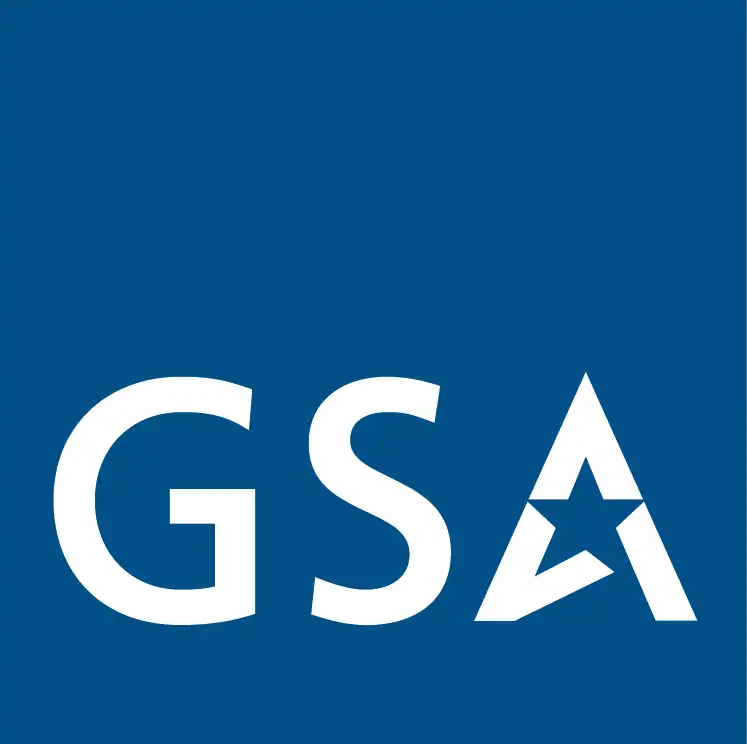3.9 : Finalize Requirements
Objective
Transfer, validate, and baseline requirements, standard and unique, with leadership approval to support Fit-Gap Analysis.
View Lessons LearnedRecommended Best Practices
-
Shared
Update Requirements Management Plan and processes based on provider’s approach
-
Customer
Share with provider updates to agency requirements, Target State Systems, Concept of Operations
-
Shared
Create a joint Requirements Traceability Matrix (RTM)
-
Shared
Prioritize critical vs. optional requirements against standard requirements, capabilities, capacity
-
Shared
Finalize requirements with Business Owners and baseline the RTM
-
Shared
Report updates in governance meetings and Status Reports/Dashboards
3.9 Lessons Learned
- Conduct demos and Conference Room Pilots to confirm solution aligns to scope of services
- Train SMEs on defining, documenting, and communicating clear, essential and verifiable requirements
- Provide criteria to distinguish mission-critical from nice-to-have requirements
- Use a leading-practice requirements approach (and tool) to ensure consistency and traceability
- Validate requirements against data and business process standards; document to support effective testing
- Memorialize approval status of requirements (i.e. awaiting approval, approved, rejected, or deferred)
Stakeholders
Recommended stakeholders, inputs, & outputs may vary by implementation; however, agencies that contributed to this Playbook reported these factors as increasing the likelihood of success.Customer
- Executive Sponsor
- Business Owner
- Program Manager
- Requirements Lead
- Technical Lead/Solution Architect
- Functional SME
- Technical SME
Provider
- Executive Sponsor
- Business Owner
- Program Manager
- Requirements Lead
- Technical Lead/Solution Architect
- Functional SME
- Technical SME
Inputs
- Target State Systems Environment
- Target State Concept of Operations
- Business Capabilities
- Business Needs Workbook
- Requirements Traceability Matrix (RTM)
- Requirements Management Plan
- Government-wide Standards defined through the Federal Integrated Business Framework (FIBF)


